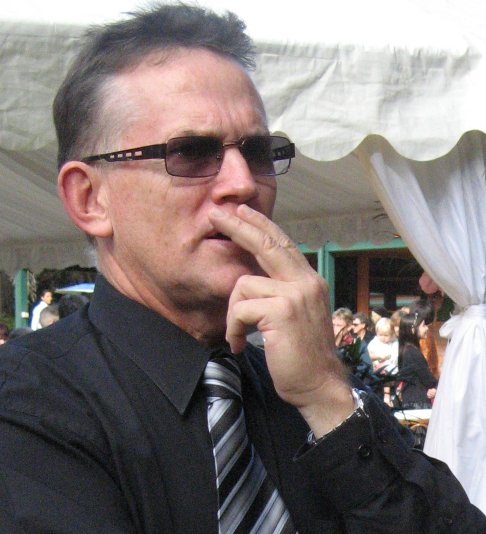Lindy Lee and the $14 million sculpture
Lindy Lee's sculpture marks the emergence of Australian art as the authentic experience of our landscape and context
What price art?
In my young and wilder years, I once journeyed to the Gulf in Queensland, as far as I could go in a 2-wheel drive vehicle. I came upon the mud flats, wide open spaces where the crust of mud was dead flat and would support a vehicle, at least in the dry season.
I put the vehicle in Drive, climbed out the window and sat on the roof. The vehicle moved forward at about 20kms/hr marking a huge circle resulting from the natural bias of its wheels. I sat looking forward sitting with feet on the bonnet and let the warm air flow over me.
Nothing I have experienced since has ever matched or emulated this. Perhaps fortunately. Had the vehicle hit a bump the front wheels might have turned sharply, throwing me to the ground. I would have been stranded in the middle of a mud-flat 20 kilometres deep, with no water and no means to call for help.
But something about the freedom of letting go caution, something about letting this inanimate object take me somewhere according to its will, something about doing something I would never do anywhere else - it was compelling and uplifting. Bound by so many restrictions on my behaviour in my youth, this liberation was genuine and visceral - not abstract. I have yearned for years to be able to translate this into a form through which others could engage with the experience and relate it to similar liberating experiences.
But sadly, I am not among those who have been privileged to have the talent to turn this into art which would makes this work. I am surrounded by family members for whom this is as natural as breathing. To stymy my envy, I tell myself that my mediocre word-smithing capabilities cultivated over 60 years suffice in the endeavour to bring my experiences to life. But I know, looking at the ease with which my son crafts sentences and texts, that such smithing is not my natural sphere.
Like the First Nations people before us we all have experienced our landscape and life in a uniquely Australian way but unlike our indigenous predecessors, we do not have a convenient set of modes that allow us to project that experience beyond our individual memory and for many of us, this is frustrating. If Paul Kelly can sing his songlines to us and we can share his Australian journey, surely, we can all do that ...
Which leads me to Lindy Lee.
Here we have a Chinese Australian who can bring her experience of being Chinese in Australia, of having a Chinese face but an Australian voice, of facing racism and fashion it into a sculpture that expresses the elements of her Australian experience. It's about looking to the universe for hope and healing but not expecting special salvation; savouring each experience for its own worth regardless of how harrowing it might be.
The fact that this Chinese Australian can produce something that resonates so fully with indigenous Australia tells me that we have now grown up - that our art is in adulthood, expressing our own identity without any reference to a colonial past - rising beyond our past.
I urge you to watch the ABC Compass episode which describes the process of bringing Lindy Lee's expression to us all. I for one will one day set out on a pilgrimage to view the Ouroboros. I am looking forward to sitting inside it at night and letting it frame the sky with those many lights like some first nations person looking at our night sky overlaid with the serpent and those other familiar creatures. Maybe then I will feel properly Australian truly indigenous and find a voice like Lindy to bring my experiences to others to share.
Compass: Lindy Lee - https://www.youtube.com/watch?v=V2piqjoEGVk
Sources
Buddhist artist Lindy Lee's latest work The Ouroboros, is the most ambitious of her career. It's also the most expensive and at $14 million the price tag is controversial.
A look behind the scenes at making the Ouroboros, built by hundreds of UAP technicians and metal workers, it’s over 4 metres high, weighs over 13 tonnes, is made from recycled stainless steel and has over 45,000 perforations. .
